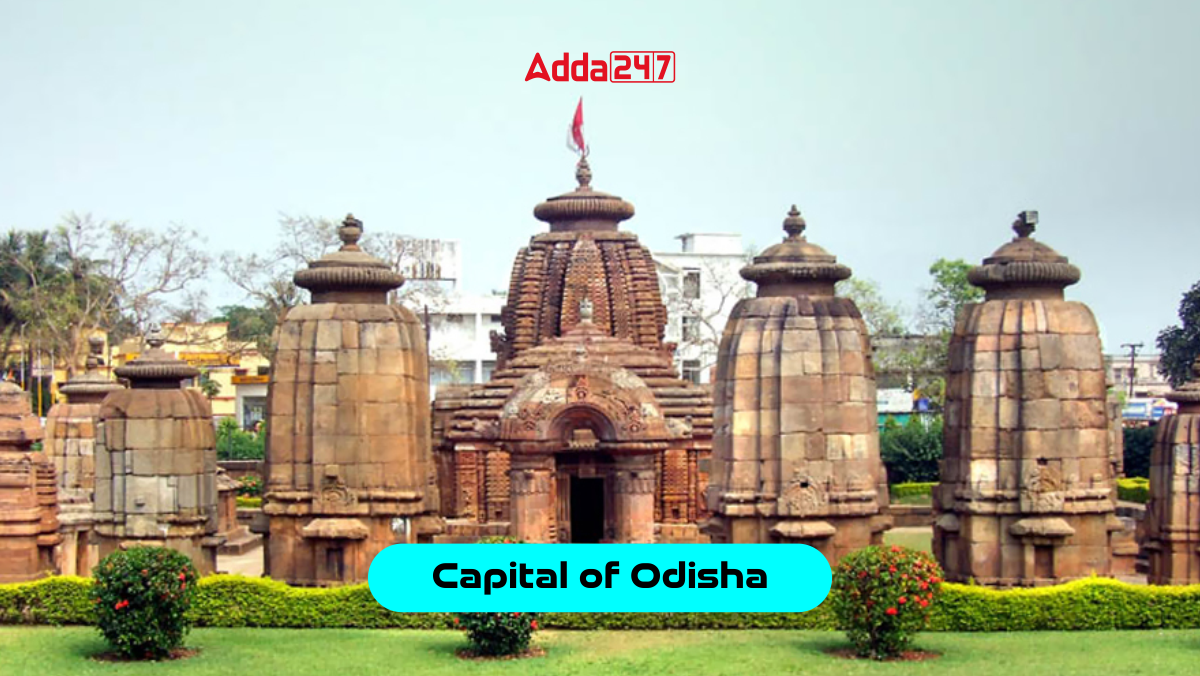Bhubaneshwar, the capital of Odisha, is a city that boasts a rich tapestry of culture, history and spirituality. Bhubaneshwar, known as the “Temple City,” once hosted around 700 temples, making it a center of religious and architectural significance. The state of Odisha, formerly known as Orissa, is equally captivating, with its historical landmarks, diverse population and abundant natural beauty. In this article, we will explore the fascinating facts about Bhubaneshwar, the state of Odisha and its natural wonders.
Capital of Odisha – Historical Background
Bhubaneshwar, near the ruins of Sisupalgarh, once the capital of Kalinga, witnessed the historic Kalinga War in 262-261 BCE, where Ashoka conquered Kalinga. Over the centuries, various dynasties ruled the region, including the Mahameghavahana dynasty and the Eastern Gangas. In the 16th century, it came under Mughal control, followed by Maratha rule in the 18th century. British colonial rule began in 1803. After India’s independence, Bhubaneshwar was established as the new capital in 1948 and it grew rapidly, becoming a modern city.
An Overview of Capital of Odisha
- Temple City: Bhubaneshwar earned its moniker as the “Temple City” due to its historical abundance of temples. Though the number has decreased over the years, it remains a center of religious and architectural significance.
- Education Hub: Bhubaneshwar has emerged as a prominent education hub, home to several prestigious educational institutions and research centers.
- Swarna Tribhuja: Bhubaneshwar is part of the “Golden Triangle” or “Swarna Tribhuja,” which includes the cities of Puri and Konark, forming Eastern India’s most visited tourist destination.
- Otto Konigsberger’s Legacy: The modern city of Bhubaneshwar was designed by Otto Konigsberger, a German architect, in 1946, making it a well-planned city with blend of history and modernity.
- Smart City: Bhubaneshwar is one of the cities selected under the “Smart Cities Mission” of the Government of India, emphasizing its commitment to sustainable urban development.
- Historical Capital: On 19th August 1949, Bhubaneshwar replaced Cuttack as the capital city of Odisha, marking a significant moment in the state’s history.
- Cultural Confluence: Bhubaneshwar’s heritage reflects a confluence of Jain, Buddhist and Hindu traditions, providing a fascinating glimpse into the region’s rich history.
- Sisupalgarh Ruins: The city stands near the ruins of Sisupalgarh, which was the ancient capital of the Kalinga province, showcasing a link to the past.
- Kalinga War: The famous Kalinga War, waged by Emperor Ashoka, unfolded in Dhauli, located near Bhubaneshwar and had a profound impact on the history of the region.
- Business Hub: In 2014, Bhubaneshwar was ranked as the best city to do business in India, highlighting its growing economic significance.
An Overview of Odisha
- Until 2011, the state was officially known as Orissa, but it was renamed as Odisha.
- Odisha is the 8th largest state in India and is known for its rich cultural diversity, with a significant population of Scheduled Tribes.
- The official language of Odisha is Odia, which is recognized as one of the classical languages of India.
- The region of Odisha is historically referred to as Utkal, a name mentioned in the national anthem of India, “Jana Gana Mana.”
- The ancient kingdom of Kalinga, located in this region, is known for its role in the history of India.
- Odisha shares its borders with West Bengal, Andhra Pradesh.
- While rich in culture and history, Odisha is not among the top-ranked Indian states on the Human Development Index, reflecting ongoing development challenges.
Find More General Studies News Here




 Which Fish is known as the King of India...
Which Fish is known as the King of India...
 What was the Old Name of China? Know the...
What was the Old Name of China? Know the...
 What is the Capital of Senegal? Know Abo...
What is the Capital of Senegal? Know Abo...







